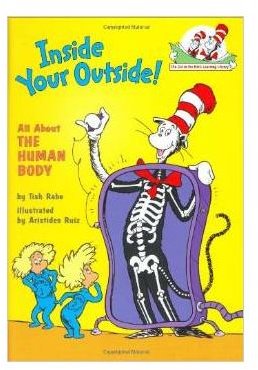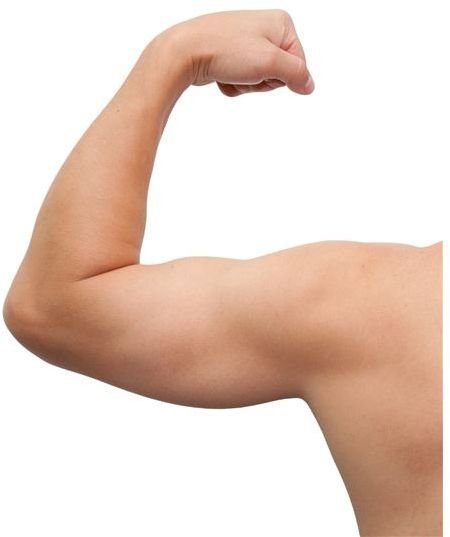Ideas for Introducing the Human Body Systems to Preschoolers
Teaching Human Body Systems to Pre-K
Pre-K is a time when children start learning more about their body and what it can do. It’s a time when they are physically discovering a
lot of different abilities including climbing, hopping, skipping and so on. It’s also a time when they start feeling various sensations related to the body and discriminating between them. It’s a time when they start experiencing illnesses and injuries including fever, sore throats and colds. All these make children start thinking about their body parts and body systems, and here are some of the things you can start teaching them.
For obvious reasons, we can’t start teaching them actual biology. Teaching human body systems for pre-K has to be approached in a completely different way. Here are a few ideas on how you can teach pre-K children about some important body systems.
Lungs:
Use activities like blowing balloons and bubbles to start talking about the lungs. Help children realize that the deeper they breathe in, the harder they can breathe out. You can get kids to lie on the ground, place their hands on their stomachs and feel the stomachs go in and out. Help children hold their breath for a few seconds and see how that feels. You can also teach children that we need oxygen to live, and air is needed by our body just like food. But the difference is that we can go a long time without food, but not more than a few minutes without air. You can also show the children pictures of astronauts and divers and show how they need to carry cylinders to help them breathe. Help children learn words like air, lungs and breathe.
Blood:
A fall or a small wound is a great opportunity to teach children about blood. Teach children that the blood carries small food pieces to all the parts of the body. Teach children about clotting, and how blood clots soon after a wound, and that protects the wound so that it can heal easily. Help children understand that we have loads of blood in our body, and keep making new blood all the time, so losing a little does not hurt us.
Heart:
Take a stethoscope to the class and help children hear each other’s heartbeat. Showing children a real water pump or water wheel, or a picture of it, is a great way to teach children about the heart. Teach them that the heart is a pump that pushes the blood through the body. Tell them that the sound of the heart beating happens when the doors of the heart close after the blood is gone.
Stomach:
Stomach is one of the easier parts of the body that children understand about easily. Explain to the children that the stomach works like a blending machine that mixes all the food. Then it takes all the good stuff out of the food and sends the rest down, which comes out of our body as poop. Explain to the children that they need to chew their food well, so that all the good stuff can come out of it, and not go down. Talk about how the stomach feels before and after a meal. Also talk about tummy pain and how you sometimes can get it if you are not careful about what you eat. Talk about getting fat and how some types of food can make you fat.
Urine:
Once children understand about the stomach, it’s easier to teach about urine. Tell children that all the other dirt in our body mixes with water, and comes out as urine. Also teach them that its important to drink plenty of water so that dirt doesn’t stay in our body. For a small demonstration, pour a little chocolate syrup, or any other syrup into a transparent plastic bottle and shake it. Show the children that it’s dirty. Then, pour in some water, shake it and rinse it out. Now show the child that the bottle is clean now and that is what water does to our body.
Other Resources:
Use a variety of other resources like charts, pictures and videos to the human body systems for pre-K. However, make sure that you

don’t overwhelm them with too much information. A great fun book that teachers about the body is Inside Your Outside: All About the Human Body (Cat in the Hat Learning Library),by Tish Rabe
Hope these ideas were useful to you. Here are some fun activities to teach body parts. All your children may not be able to understand everything about the human body systems. For pre-K, however, it’s more about introducing them to new concepts that they will build on over the years.
